When Filipinos today talk about the dreaded “Big One,” many think of a future earthquake along the West Valley Fault. However, history reminds us that Mindanao, particularly Zamboanga and its surrounding provinces, has already endured its own catastrophic “Big One.”
On the night of August 17, 1976, a powerful magnitude 8.1 earthquake struck the Moro Gulf. The tremor occurred at around 12:11 a.m., when most people were asleep. Within minutes, a massive tsunami followed, sweeping coastal communities in Zamboanga, Basilan, Cotabato, Sultan Kudarat, Lanao, and even as far as Pagadian.
The Scale of Destruction
- The earthquake and tsunami claimed an estimated 5,000 to 8,000 lives.
- More than 10,000 people were injured, and thousands of homes were destroyed.
- Zamboanga City, along with other coastal towns, was heavily affected as waves as high as 4 to 5 meters engulfed houses, boats, and infrastructure.
It remains one of the deadliest natural disasters in Philippine history, forever etched in the memory of survivors.
📅 Timeline of the 1976 Moro Gulf Earthquake
🔴 August 17, 1976 – 12:11 a.m.
👉 A massive quake jolts Mindanao, centered in the Moro Gulf.
🌊 Minutes Later
👉 A tsunami 4–5 meters high engulfs villages, fishing boats, and homes across Zamboanga Peninsula and nearby provinces.
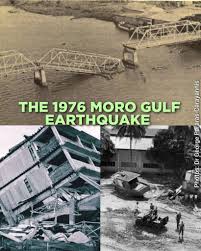
⚠️ Impact
- 🕯️ 5,000–8,000 lives lost
- 🏥 10,000+ injured
- 🏚️ Tens of thousands displaced
- 🌆 Zamboanga City’s coastline heavily damaged
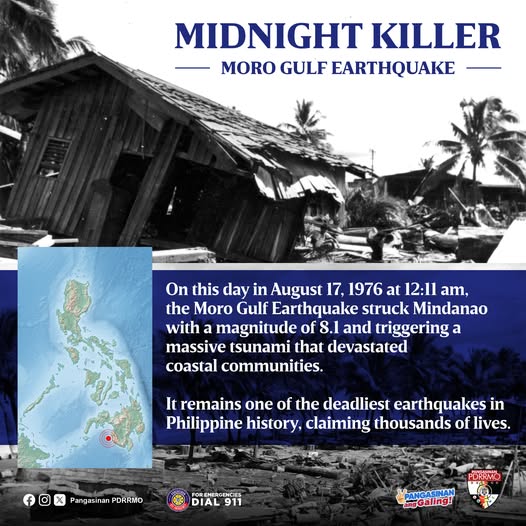
🔄 The 50-Year Cycle of Disasters
- Seismologists observe that major earthquakes and tsunamis may recur in 50-year cycles in certain fault zones, as pressure builds and releases along tectonic plates.
- The 1976 Moro Gulf Earthquake is now 49 years past. By 2026, we will reach the 50-year mark, the window when another large seismic event could occur.
- This doesn’t mean a disaster will strike exactly on that year, but history reminds us:
⏳ Time is not on our side. Preparedness must start now.
⚠️ What This Means for Zamboanga Today
- We are now in the 50-year cycle window.
- Coastal communities must prepare evacuation routes, conduct disaster drills, and strengthen warning systems.
- Government agencies, schools, and organizations have a vital role in awareness and preparedness campaigns.
🌊 Zamboanga’s Resilience
- For Zamboangueños, the 1976 quake was more than a natural disaster; it was a test of survival, courage, and community spirit. Families rebuilt their lives, communities came together, and resilience became their shield against despair.
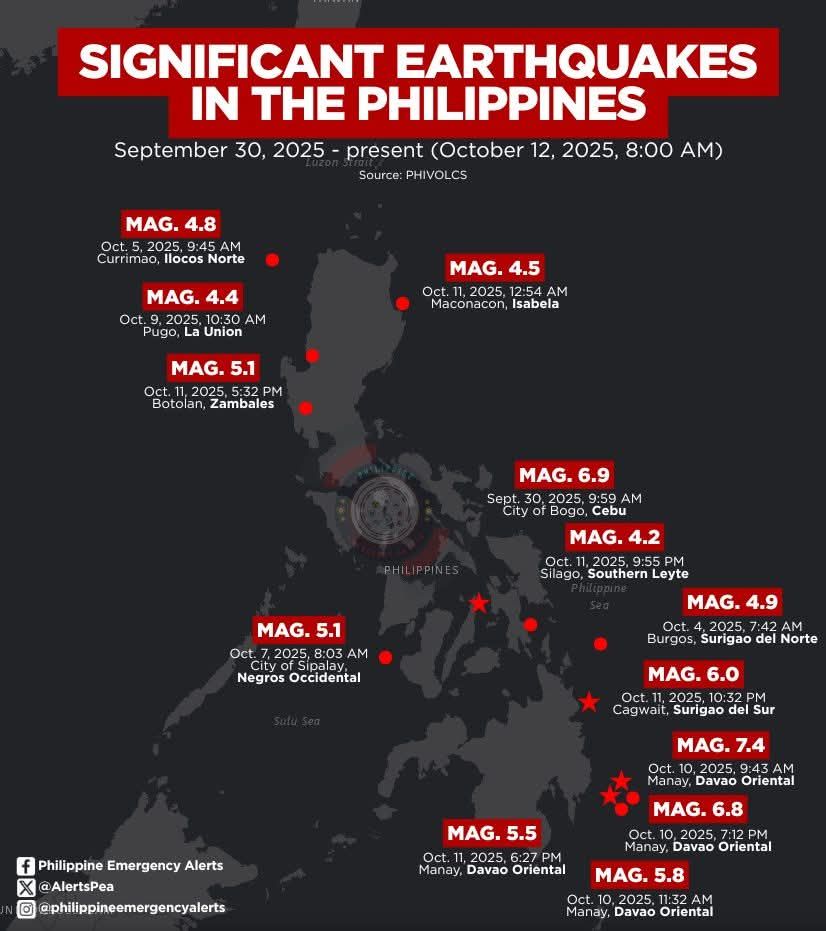
🛑 Lessons for Today
- ✅ Awareness saves lives – earthquakes and tsunamis come without warning.
✅ Early warning systems & disaster drills must be prioritized.
✅ Stronger coastal defenses & resilient infrastructure are needed.
✅ Community solidarity (bayanihan) remains our strongest defense.
While the “Big One” is often discussed in the context of Luzon, Zamboanga has already experienced its version of it. Remembering 1976 is not just about looking back; it’s about preparing for the future with awareness, science, and solidarity.
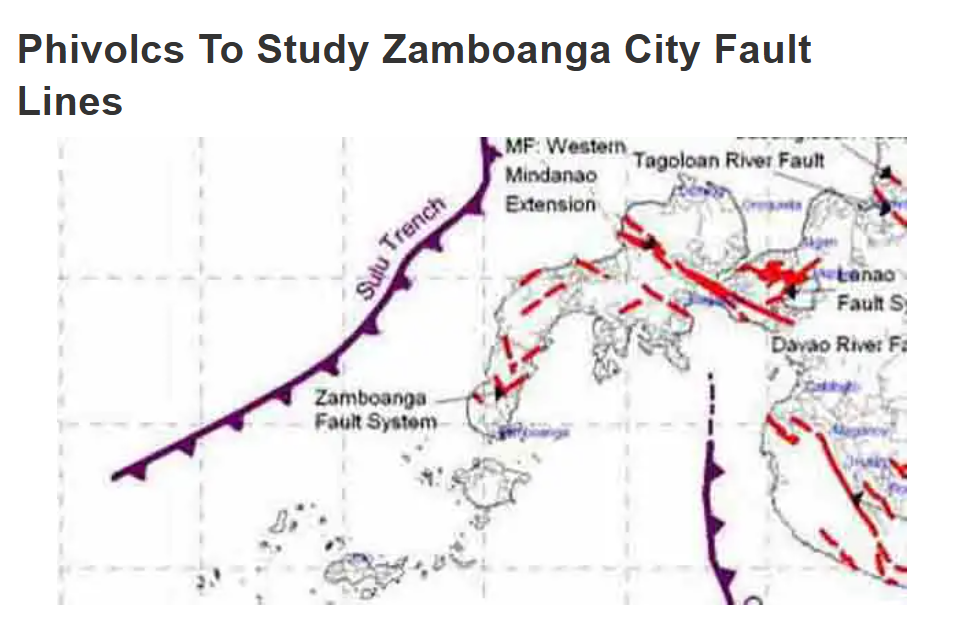
🙏 Final Reflection
The people of Zamboanga survived one of the strongest earthquakes in Philippine history. Their story is a testament to resilience in the face of overwhelming tragedy. As we honor the memory of those who perished, may we continue to strengthen disaster readiness so that future generations will be safer, wiser, and better prepared.

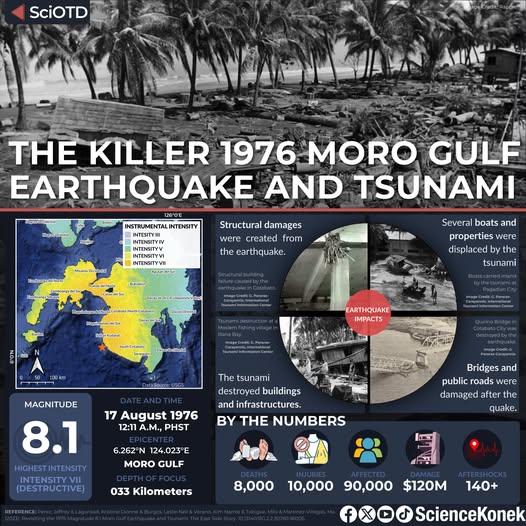
Leave a Reply